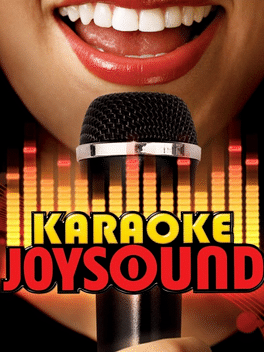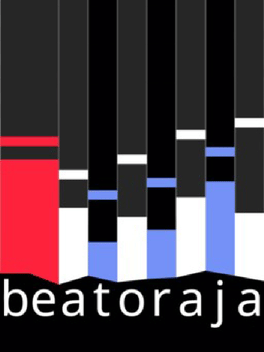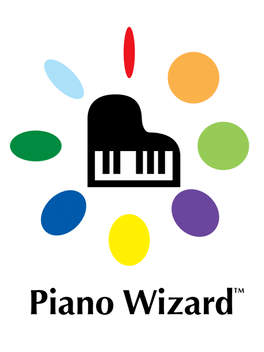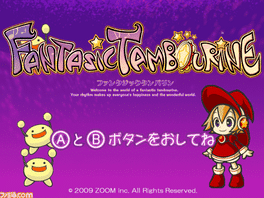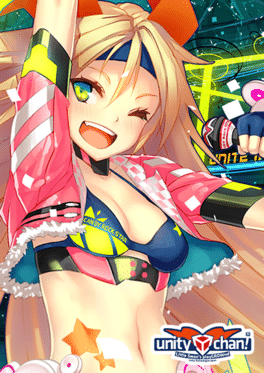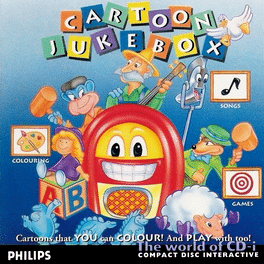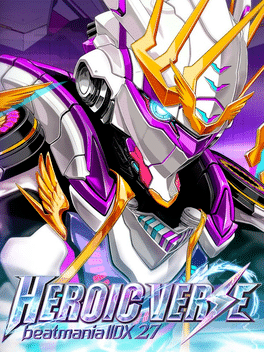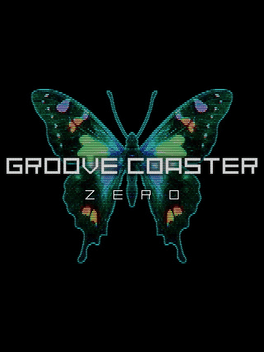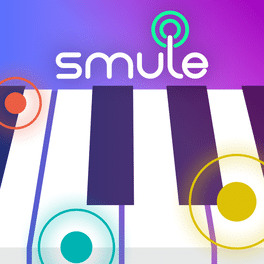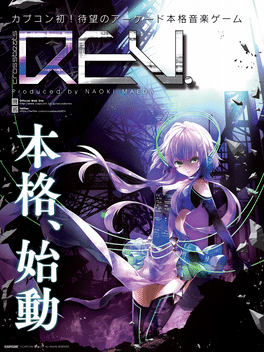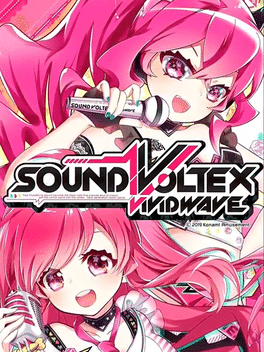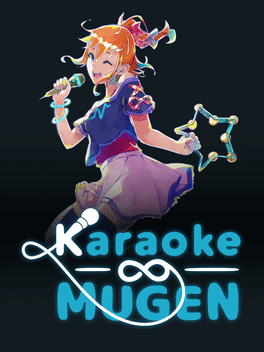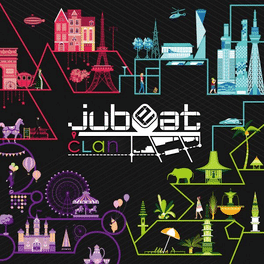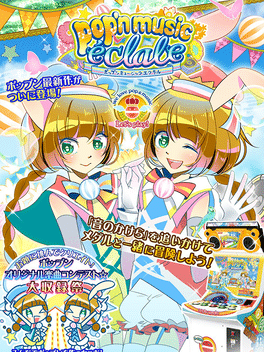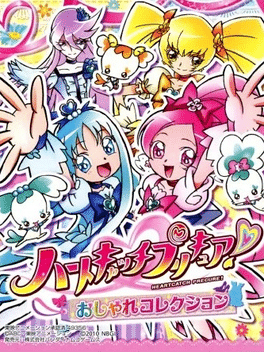Most Popular Playstation Games - Page 77
-
Karaoke Joysound
2009
-
Beatoraja
2016
Beatoraja
2016
Codename beatoraja is a Cross-platform rhythm game based on Java and libGDX. It works on Windows, Mac OS, and Linux. -
Pop'n music peace
2018
-
Piano Wizard
2005
Piano Wizard
2005
Allegro Rainbow's Piano Wizard is the music learning video game that painlessly teaches anyone to play the piano. It gives every player instant success and joy, because they will immediately be able to play their favorite songs! The game's patented sound and color learning cues transform tedious and repetitive practice sessions into an exciting and rewarding video game experience for people of all ages and musical abilities. -
Fantasic Tambourine
2009
-
SingSpace
2017
SingSpace
2017
Draw the curtains – your Friday night is about to get ridiculous with SingSpace™, a social karaoke experience from Harmonix for Gear VR and Oculus Go. Perform solo for the crowd, join up with friends for a night of shared revelry, or prove your vocal prowess to a larger audience! There’s no need for a microphone – SingSpace uses the built-in headset mic. -
Unity-Chan Live Stage! -Candy Rock Star-
2014
Let's sing the new song "UNITE IN THE SKY" with Kohaku Otori as unity-chan! She is dancing at the live stage of the farewell festival with the fantastic costume called "Candy Rock Star." -
Tap Sonic: World Champion
2018
A rhythm game for mobile with multiplayer, featuring songs from DJMAX. -
Cartoon Jukebox
1990
Cartoon Jukebox
1990
Hours of interactive play awaits kids with Cartoon Jukebox. Now, favorite children's tunes like Pop Goes the Weasel, and Row, Row, Row Your Boat, come alive as never before. Each song is illustrated with dazzling original animation. -
Groove Coaster Zero
2012
-
Magic Piano by Smule
2011
Magic Piano by Smule
2011
Mobile rhythm game where you play piano, with a huge songbook powered by Smule. -
crossbeats REV.
2015
-
Karaoke Mugen
2017
Karaoke Mugen
2017
Karaoke Mugen is an open source, free software to make karaoke sessions for a physical crowd during events or a virtual one on Twitch. -
Jubeat Clan
2017
-
Let's Sing Country
2019
Let's Sing Country
2019
All begins with the first tone! Create your own spotlight with the hottest tracks in country music courtesy of Let’s Sing Country and follow in the footsteps of cutting-edge artists and perform songs like: Bebe Rexha ft. Florida Georgia Line with “Meant to Be”, Rascal Flatts with “These Days”, Chris Janson with “Buy Me A Boat”, Joe Nichols with "Sunny and 75" and more! -
Pop'n Music éclale
2015
-
HeartCatch PreCure! Oshare Collection
2010
A game based on the HeartCatch PreCure! anime series, including a series of mini-games, fights, dressing up, and musical performances.
